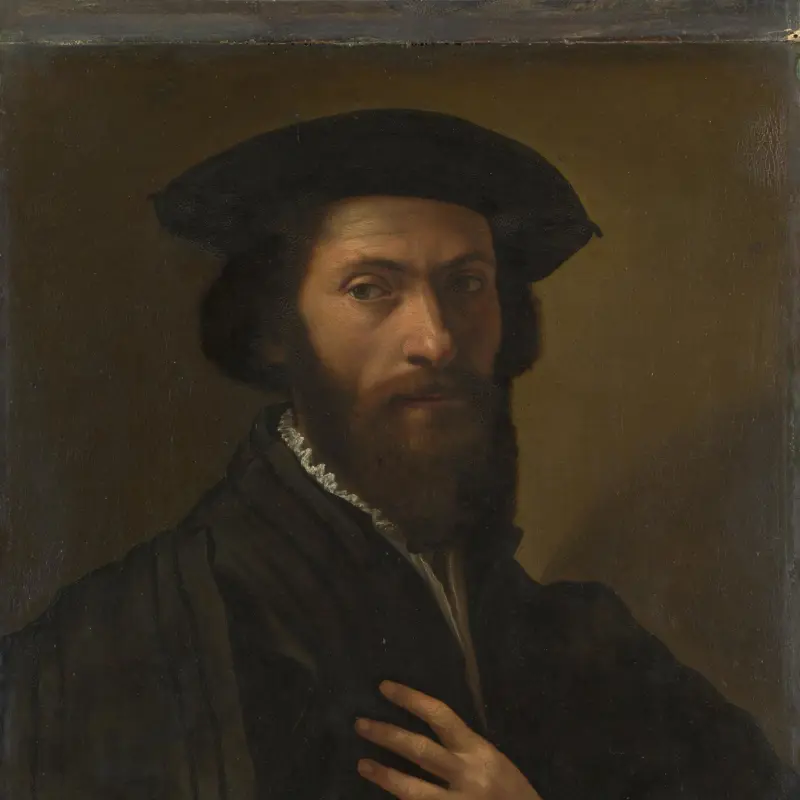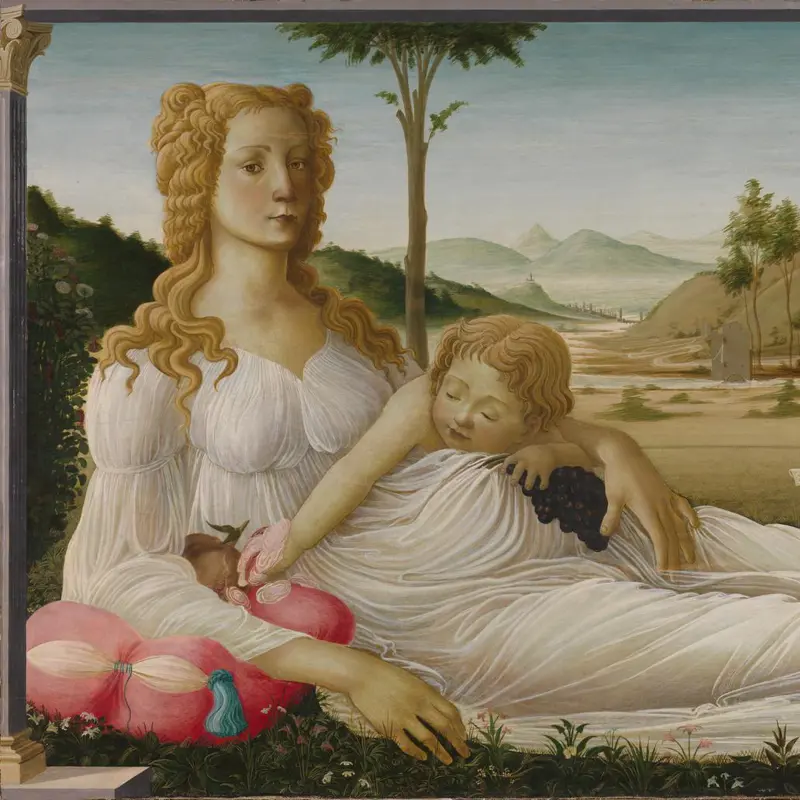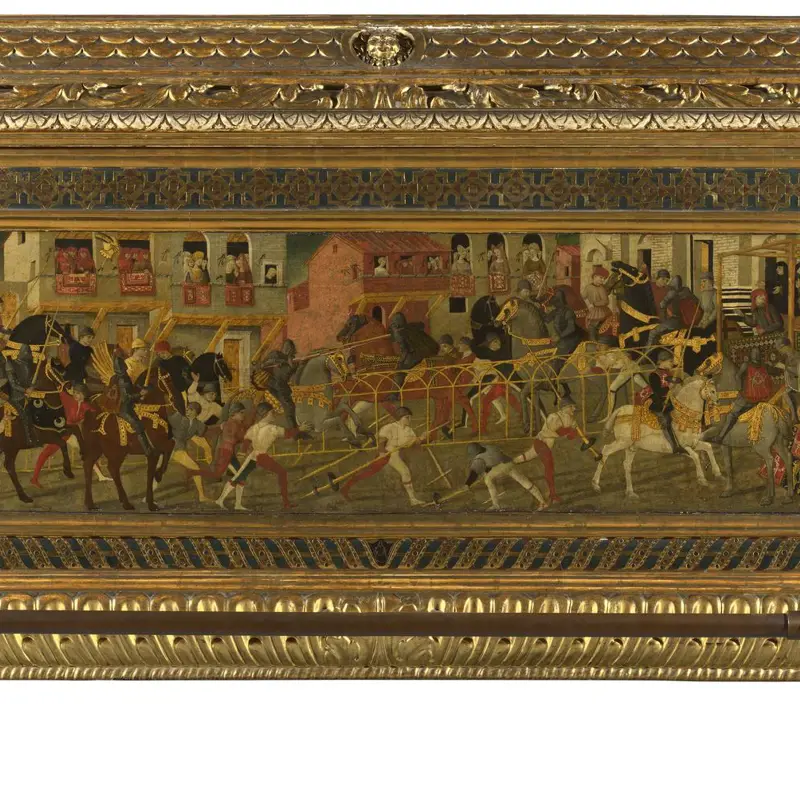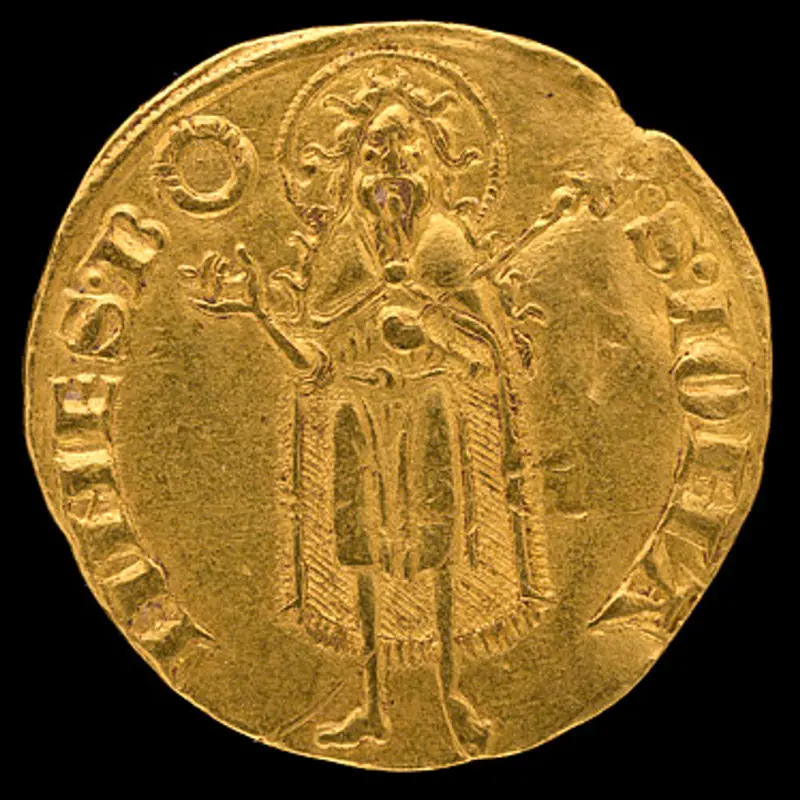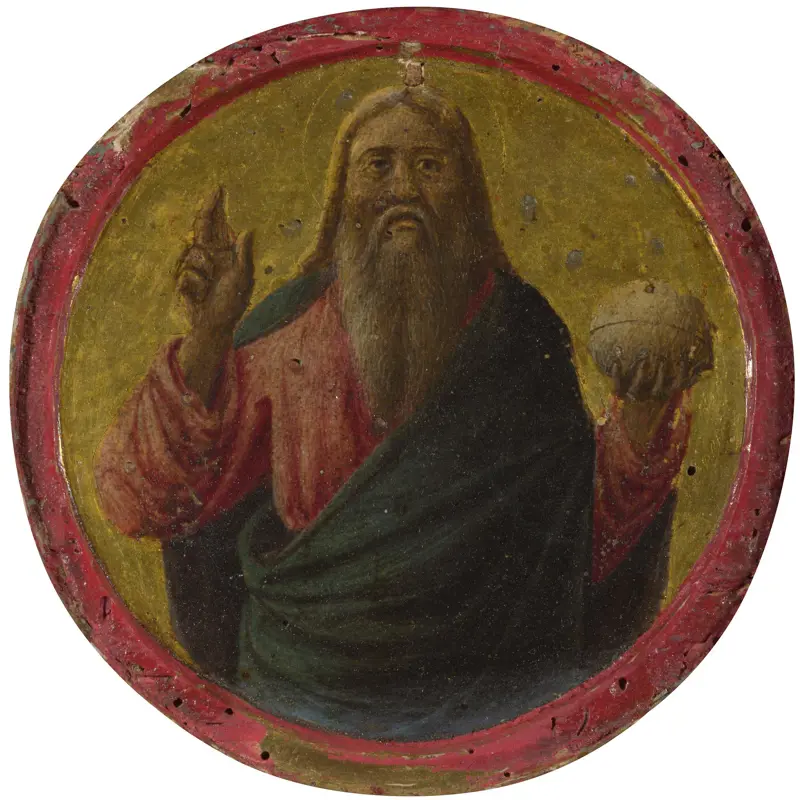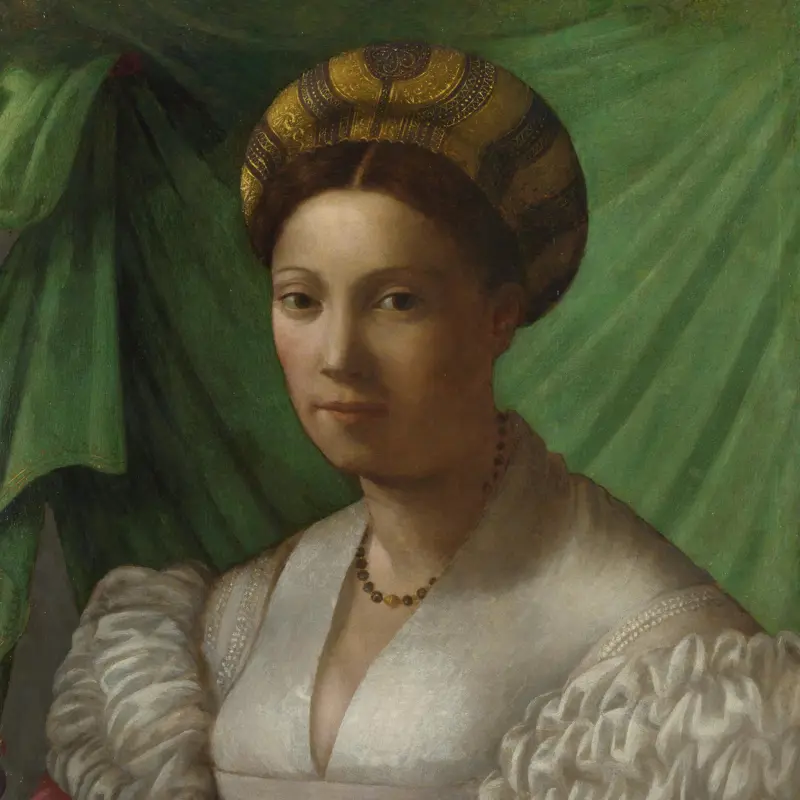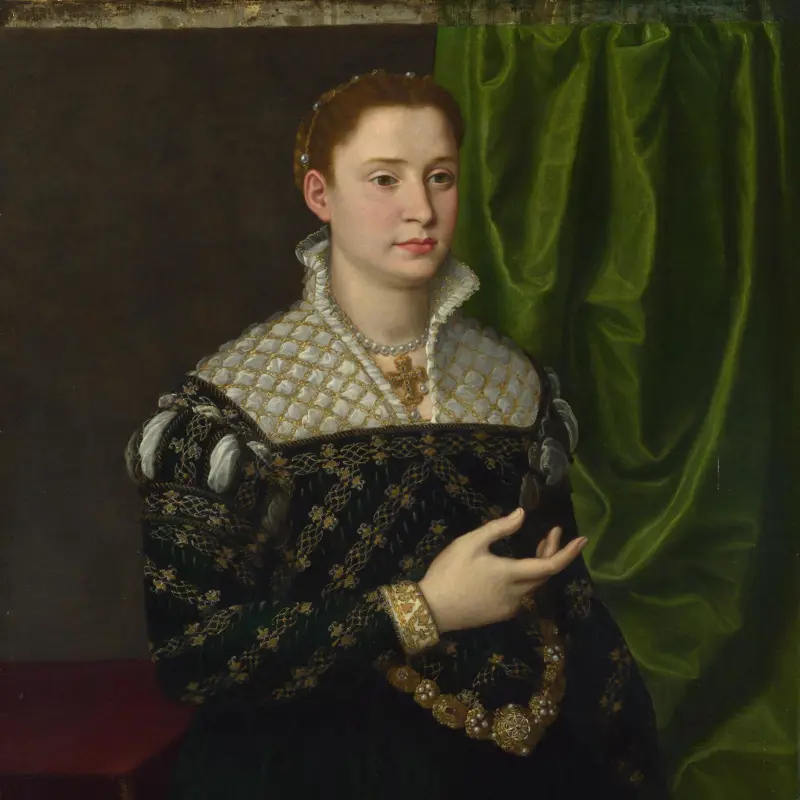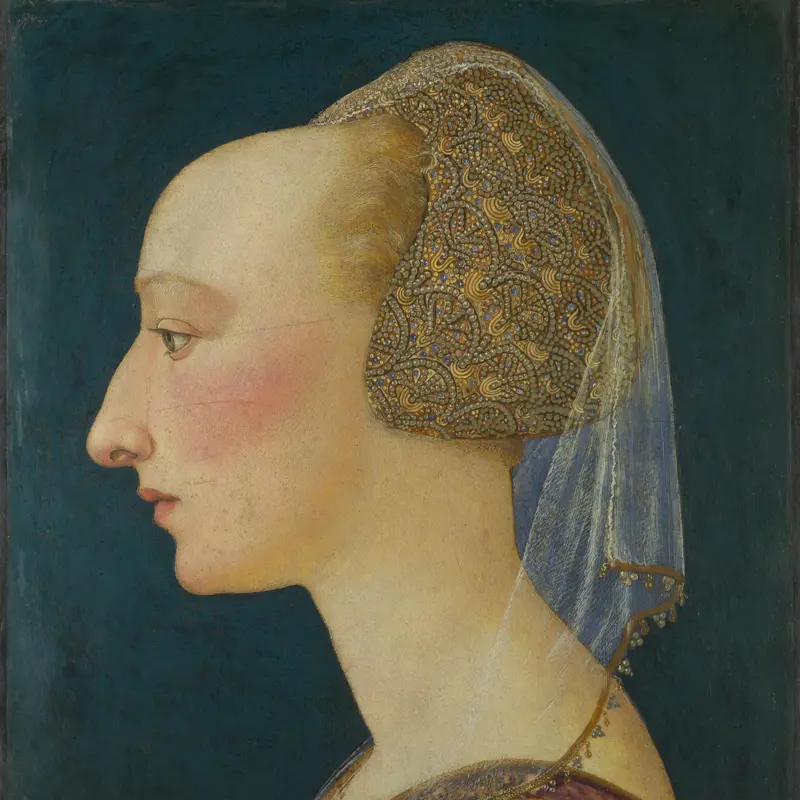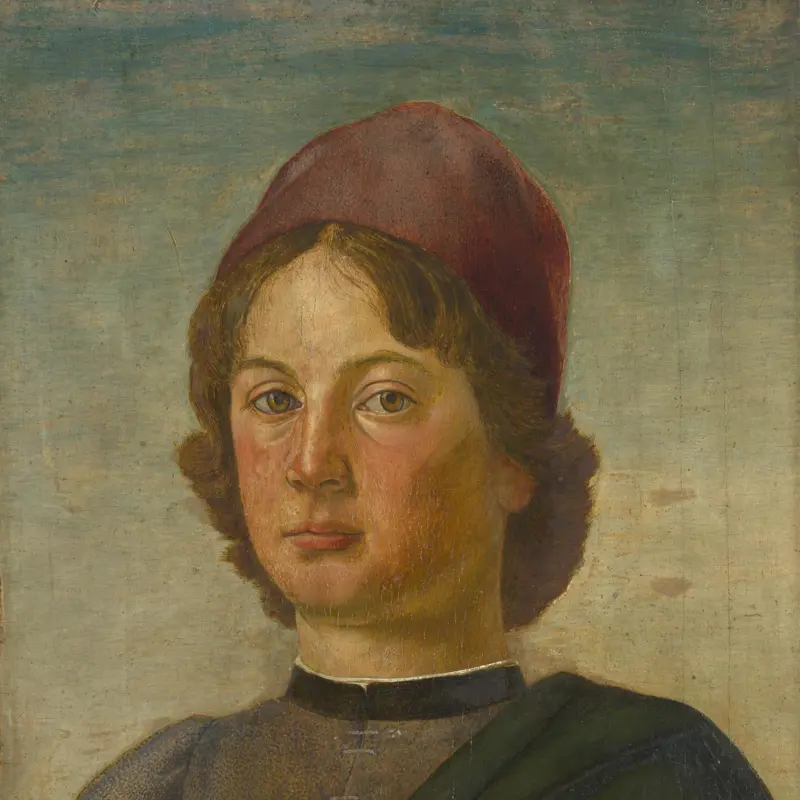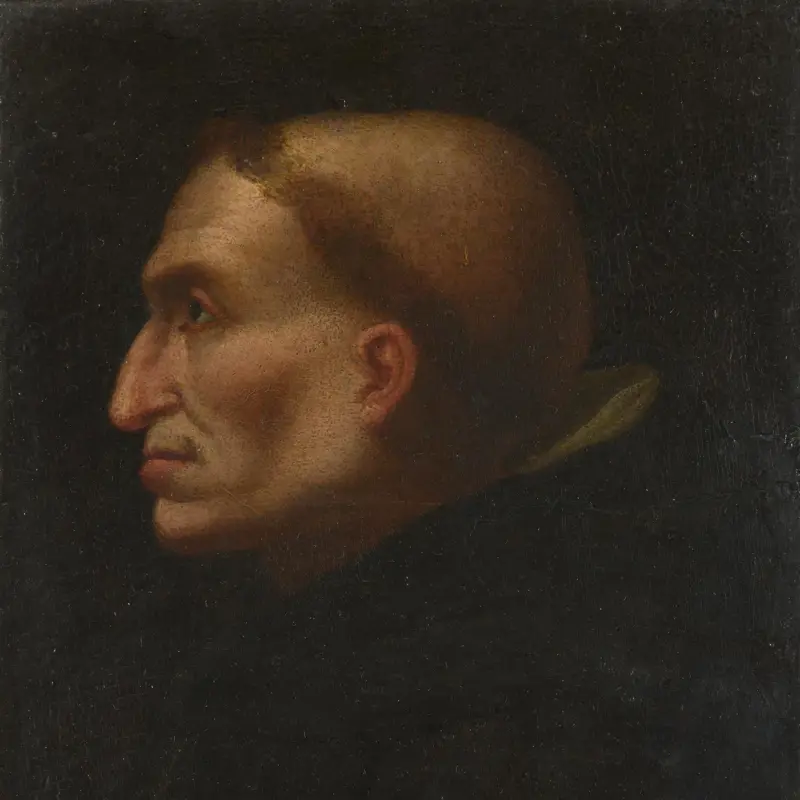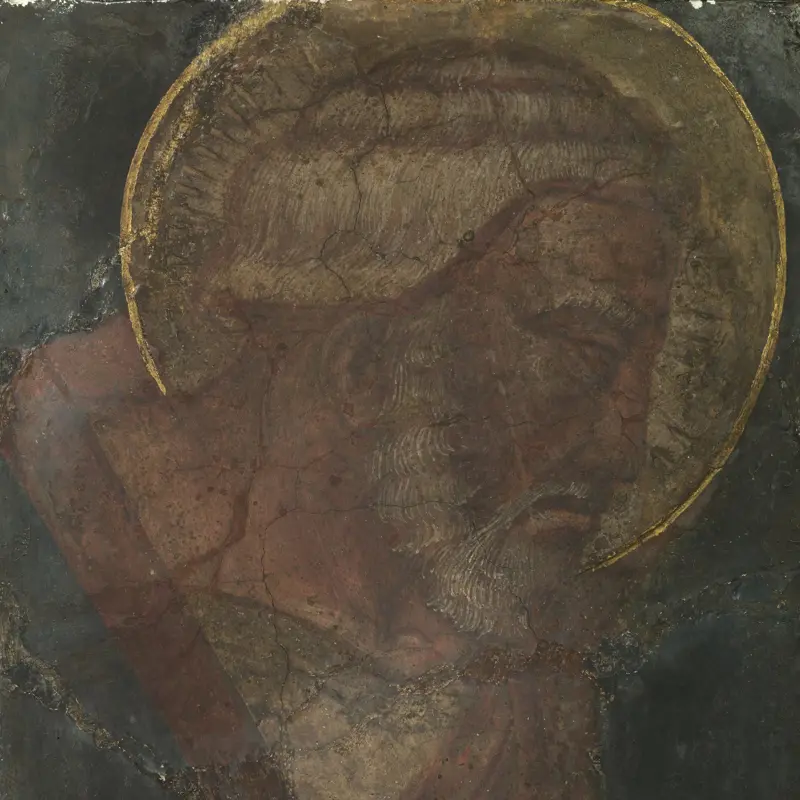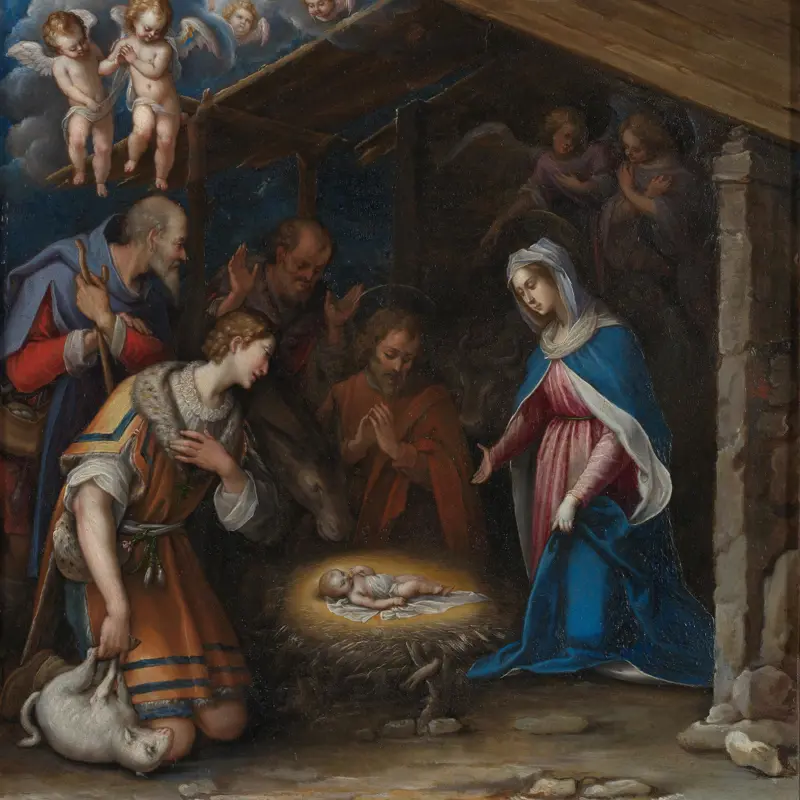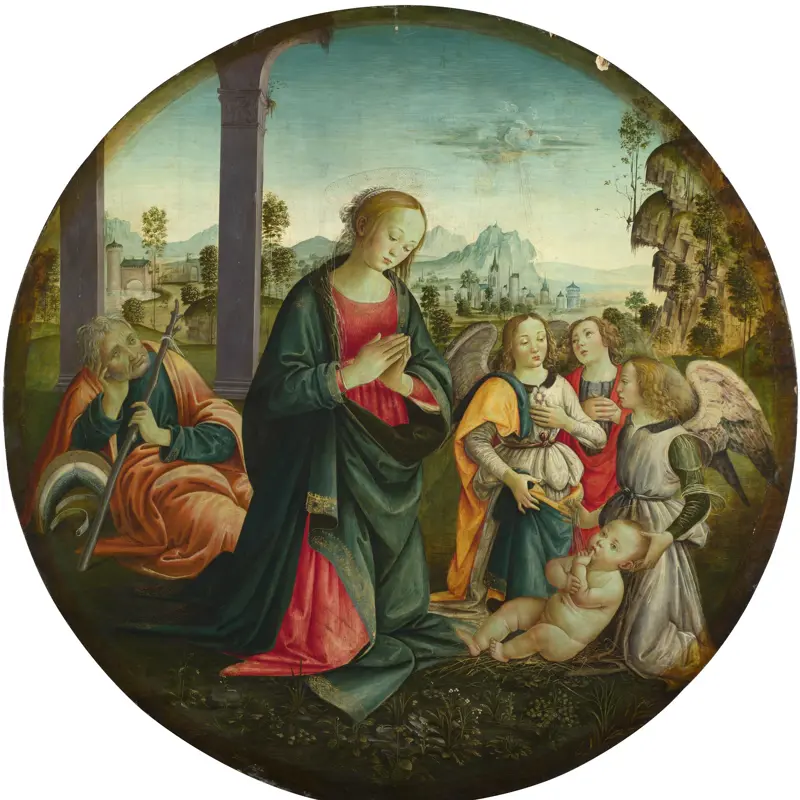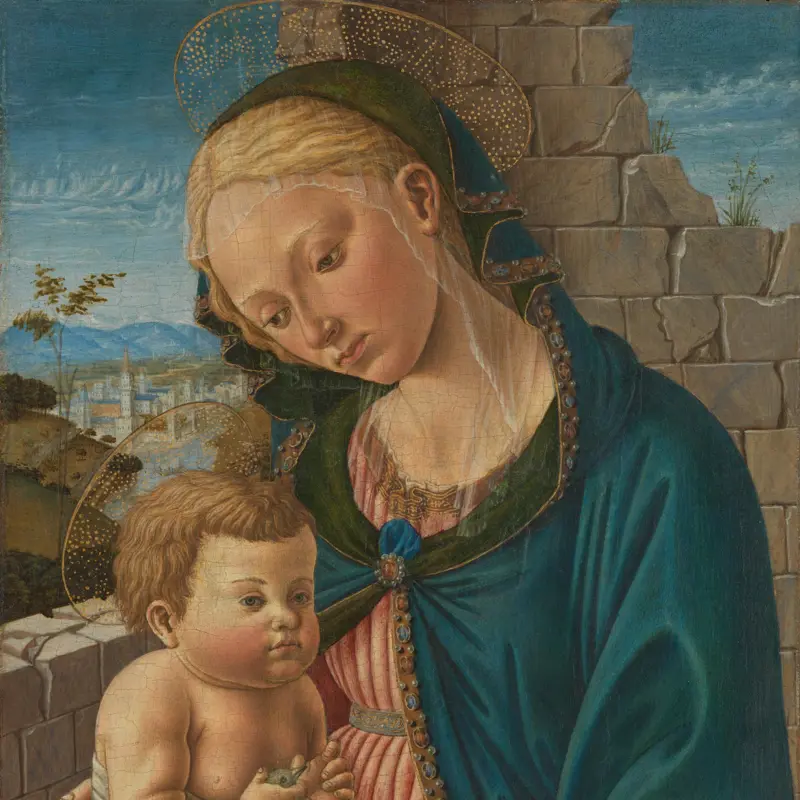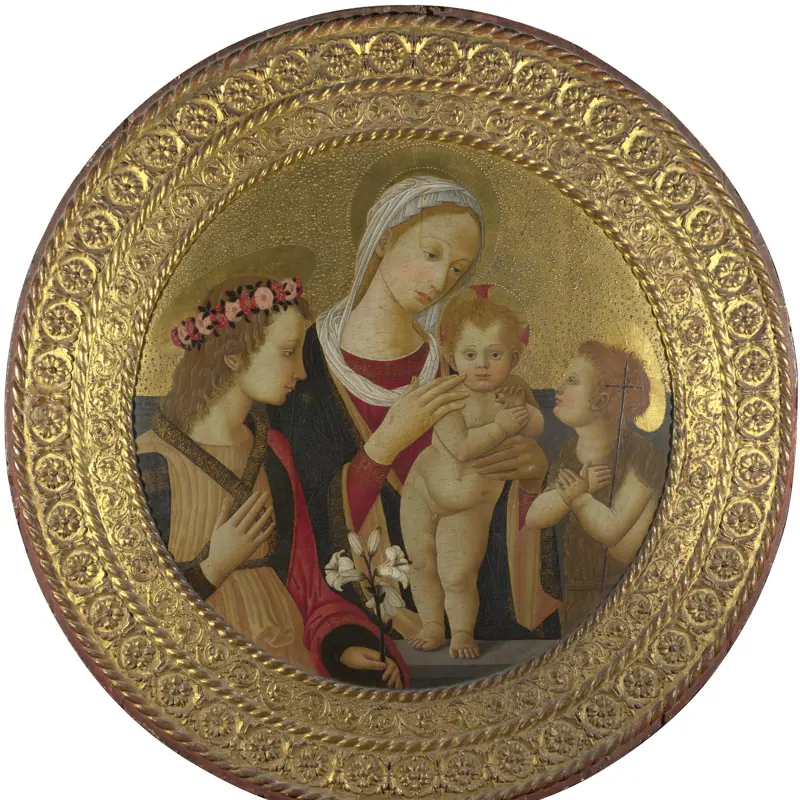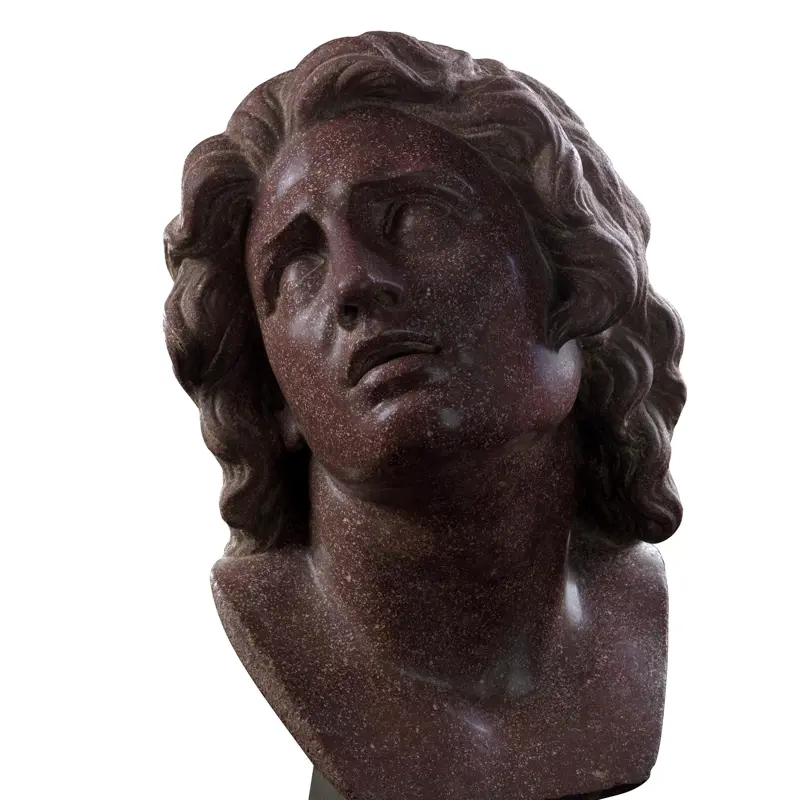Italian, Florentine, 'Florin ('fiorino stretto')', before 1290
About the work
Overview
The increasing availability of the gold entering Europe via global trade routes, and the metal’s intrinsic value, meant that it could be reliably used as a stable and secure form of currency during the Middle Ages. While southern Italy had an earlier tradition of minting gold coins, the great economic powers of northern Italy did not mint their own gold coins until the later 13th century. Italy’s ‘Commercial Revolution’ in trade and finance brought an increase in the production and circulation of gold coinage. In 1252, Florence introduced the florin. The florin was stamped with the city’s emblem of a fleur-de-lis (of giglio bottonato) on one side and Saint John the Baptist, its patron saint, on the other. The coin rapidly gained a position of pre-eminence across Europe. Florence was a powerful city with international commercial and banking connections and its coinage circulated quickly throughout its networks of influence.
Key facts
Details
- Full title
- Florin ('fiorino stretto')
- Artist
- Italian, Florentine
- Date made
- Before 1290
- Medium and support
- Gold
- Dimensions
- 2 × 2 cm
- Acquisition credit
- On loan from The Syndics of the Fitzwilliam Museum, University of Cambridge
- Inventory number
- L1362
- Location
- Room 64
- Image copyright
- On loan from The Syndics of the Fitzwilliam Museum, University of Cambridge, Photograph © The Fitzwilliam Museum, University of Cambridge
- Collection
- Main Collection
About this record
If you know more about this work or have spotted an error, please contact us. Please note that exhibition histories are listed from 2009 onwards. Bibliographies may not be complete; more comprehensive information is available in the National Gallery Library.

